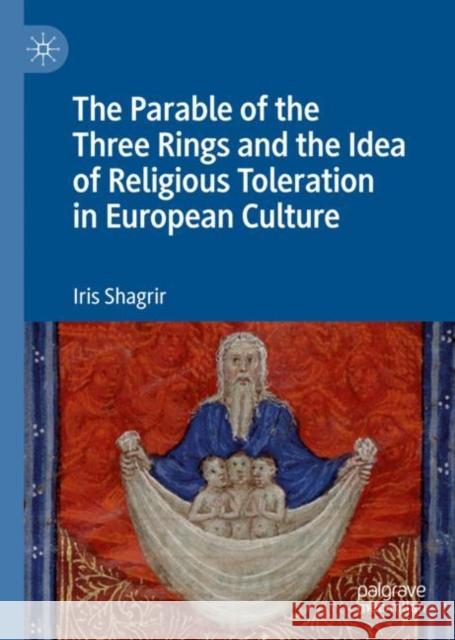The Parable of the Three Rings and the Idea of Religious Toleration in European Culture » książka
topmenu
The Parable of the Three Rings and the Idea of Religious Toleration in European Culture
ISBN-13: 9783030296940 / Angielski / Twarda / 2019 / 148 str.
The Parable of the Three Rings and the Idea of Religious Toleration in European Culture
ISBN-13: 9783030296940 / Angielski / Twarda / 2019 / 148 str.
cena 301,18
(netto: 286,84 VAT: 5%)
Najniższa cena z 30 dni: 289,13
(netto: 286,84 VAT: 5%)
Najniższa cena z 30 dni: 289,13
Termin realizacji zamówienia:
ok. 22 dni roboczych.
ok. 22 dni roboczych.
Darmowa dostawa!
Kategorie:
Kategorie BISAC:
Wydawca:
Palgrave MacMillan
Język:
Angielski
ISBN-13:
9783030296940
Rok wydania:
2019
Dostępne języki:
Ilość stron:
148
Waga:
0.34 kg
Wymiary:
21.01 x 14.81 x 1.12
Oprawa:
Twarda
Dodatkowe informacje:
Wydanie ilustrowane











